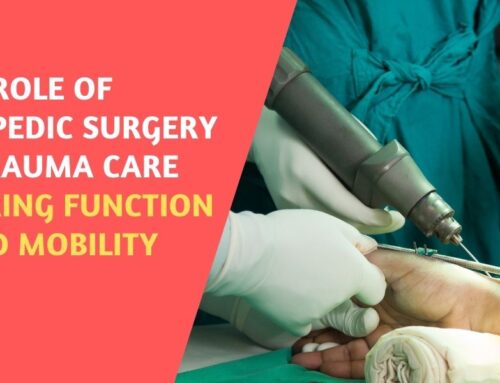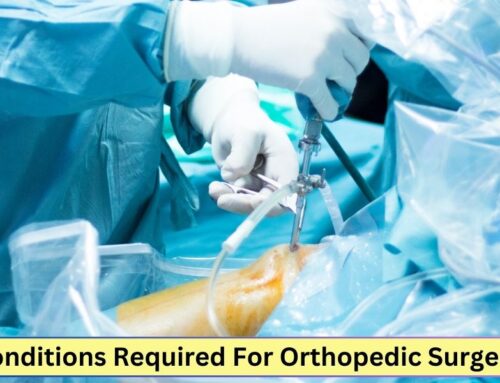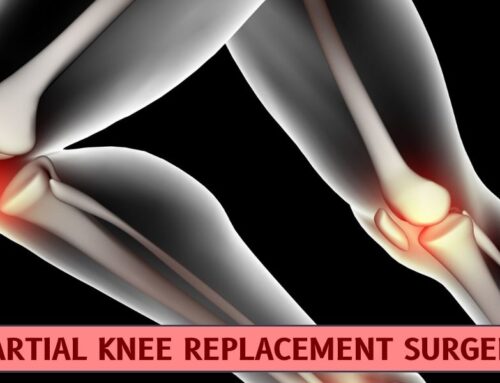Introduction
Accidents happen when least expected, and they can result in traumatic injuries that require immediate medical attention. Trauma surgery plays a pivotal role in treating these injuries effectively. If you’re in the Pune area, Dr. Vinil Shinde’s Chirayu Ortho Clinic in Kothrud & Warje is a reliable option for trauma surgery. In this post, we’ll delve into the types of trauma surgery, how to prepare for the procedure, the surgical process, as well as the potential risks and complications.
Types of Trauma Surgery
Trauma surgery encompasses a range of procedures to address injuries caused by accidents, falls, or other traumatic events. Some common types include:
1. Orthopedic Trauma Surgery
Orthopedic trauma surgery focuses on injuries to bones, joints, and soft tissues. This could involve setting broken bones, repairing fractures, and reconstructing damaged ligaments or tendons.
2. Neurosurgery
Neurosurgical trauma addresses injuries to the brain and spinal cord. It involves procedures to minimize bleeding, relieve pressure, and repair damage to these delicate structures.
3. Abdominal Trauma Surgery
Abdominal trauma surgery deals with injuries to the organs within the abdomen. Emergency procedures might involve repairing damaged organs, stopping internal bleeding, or removing damaged tissue.
Preparation for Trauma Surgery
Before undergoing trauma surgery, certain steps should be taken:
1. Medical Assessment
A thorough medical assessment is crucial to evaluate the patient’s overall health and any pre-existing conditions that might affect the surgery or recovery.
2. Imaging
Imaging tests like X-rays, CT scans, or MRIs help the surgical team visualize the extent of the trauma and plan the procedure accordingly.
3. Blood Tests
Blood tests ensure the patient’s blood type is known in case a blood transfusion is required during surgery.
The Trauma Surgery Procedure
The specifics of the procedure depend on the type and severity of the trauma. However, the general process might involve:
1. Anesthesia
Patients are typically given anesthesia to ensure they are comfortable and pain-free during the procedure.
2. Incision and Repair
The surgeon makes an incision to access the injured area. Bones are set and stabilized, damaged tissues are repaired, and any necessary reconstructions are performed.
3. Closing the Incision
After the necessary repairs, the incision is carefully closed using sutures, staples, or adhesive strips.
Risks and Complications
While trauma surgery can be life-saving, there are potential risks and complications to be aware of:
1. Infection
Any surgical procedure carries a risk of infection at the incision site or within the body.
2. Bleeding
Trauma surgeries often involve significant bleeding. While efforts are made to control bleeding during and after the procedure, excessive bleeding can lead to complications.
3. Nerve Damage
There’s a possibility of nerve damage during surgery, which could lead to sensory or motor function issues.
4. Scarring
Visible scarring is common after surgery, and while surgeons strive to minimize scarring, it’s an inherent part of the healing process.
5. Anesthesia Complications
Anesthesia can lead to complications in some cases, ranging from allergic reactions to adverse effects on the respiratory or cardiovascular system.
Conclusion
Trauma surgery is a critical component of emergency medical care, addressing a wide range of injuries caused by accidents and traumatic events. If you’re in the Pune area, Dr. Vinil Shinde’s Chirayu Ortho Clinic in Kothrud & Warje offers expertise in trauma surgery. By understanding the types of trauma surgery, preparing adequately, being aware of the procedure, and understanding potential risks, patients can approach trauma surgery with greater confidence in their journey toward recovery.




